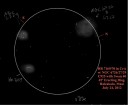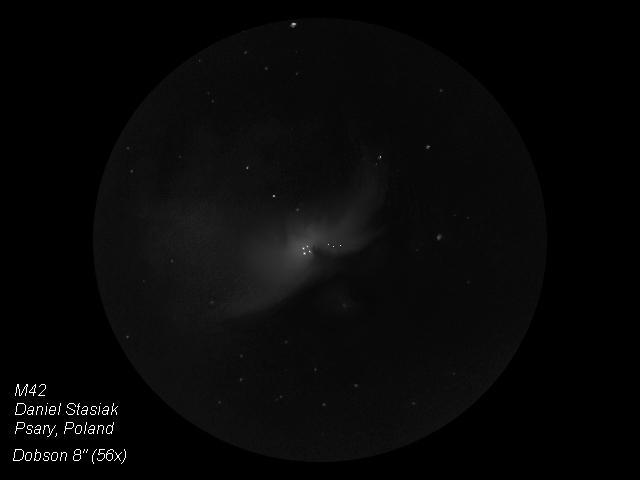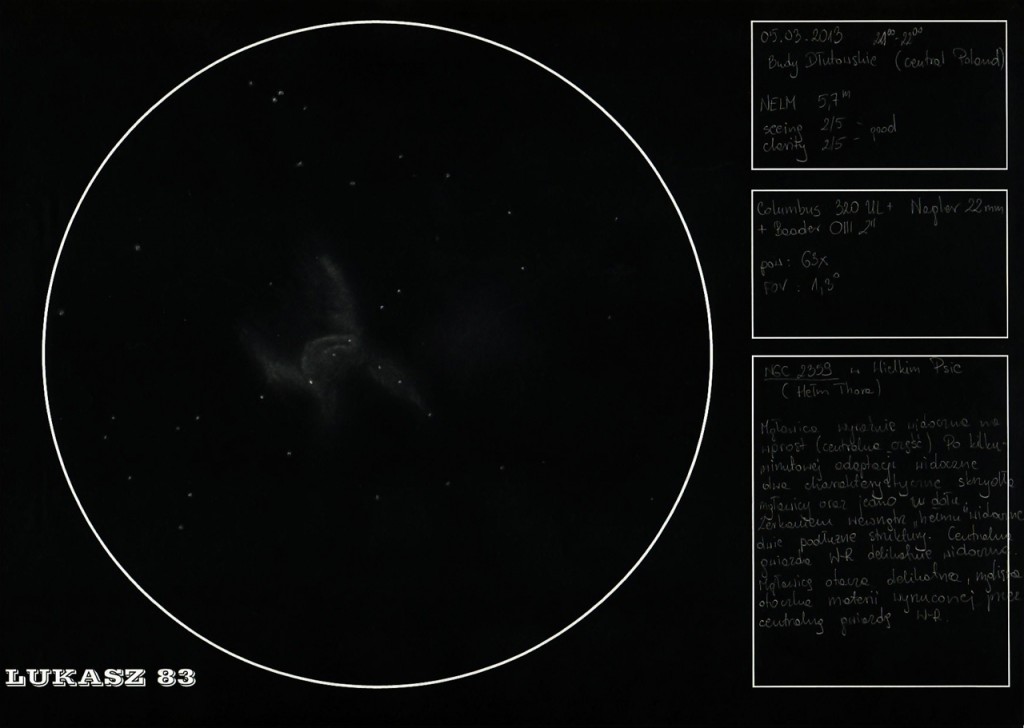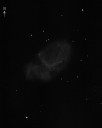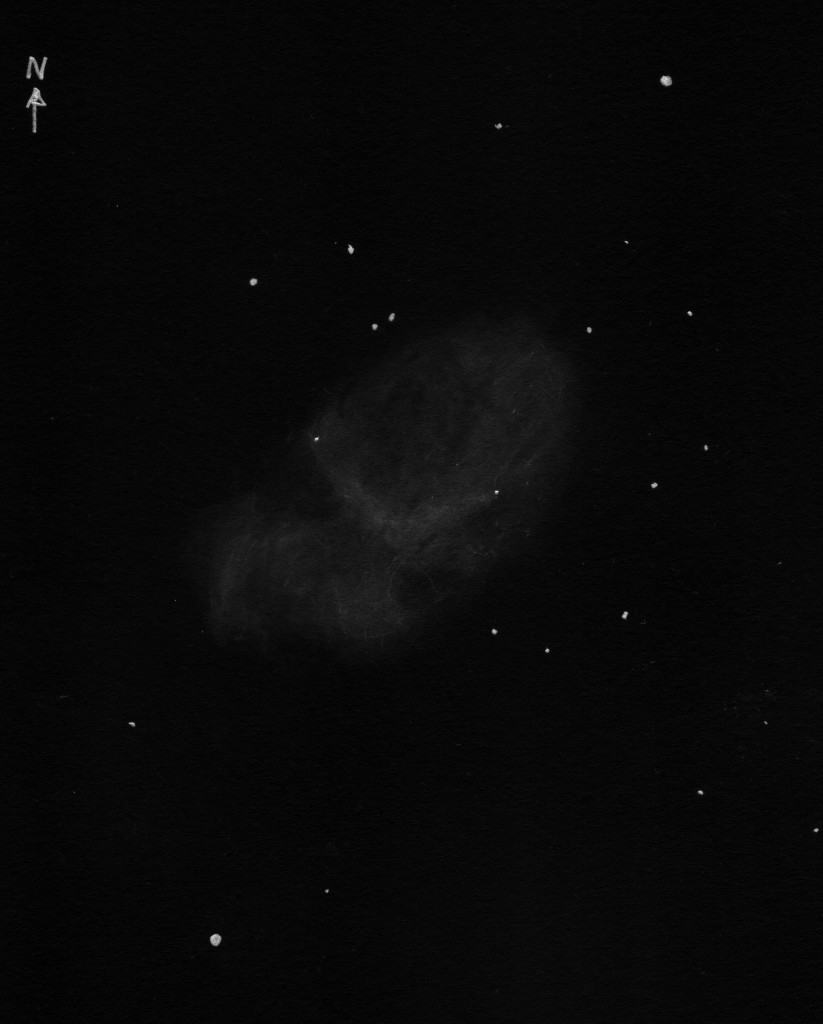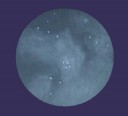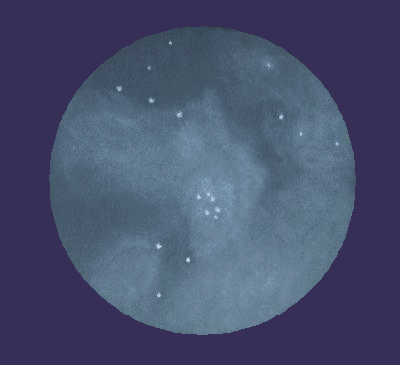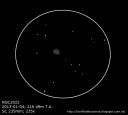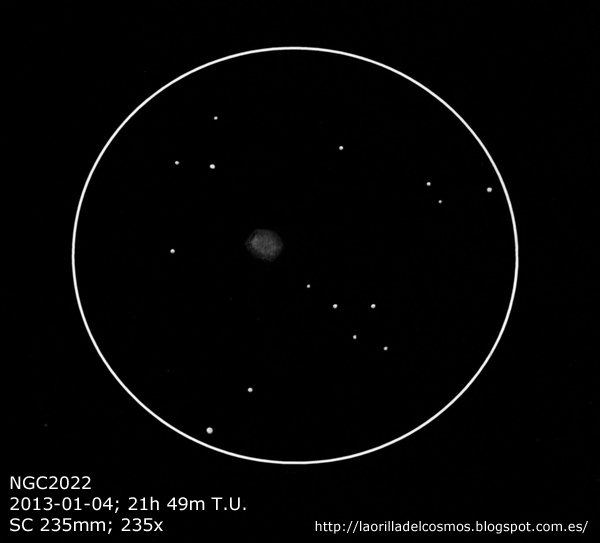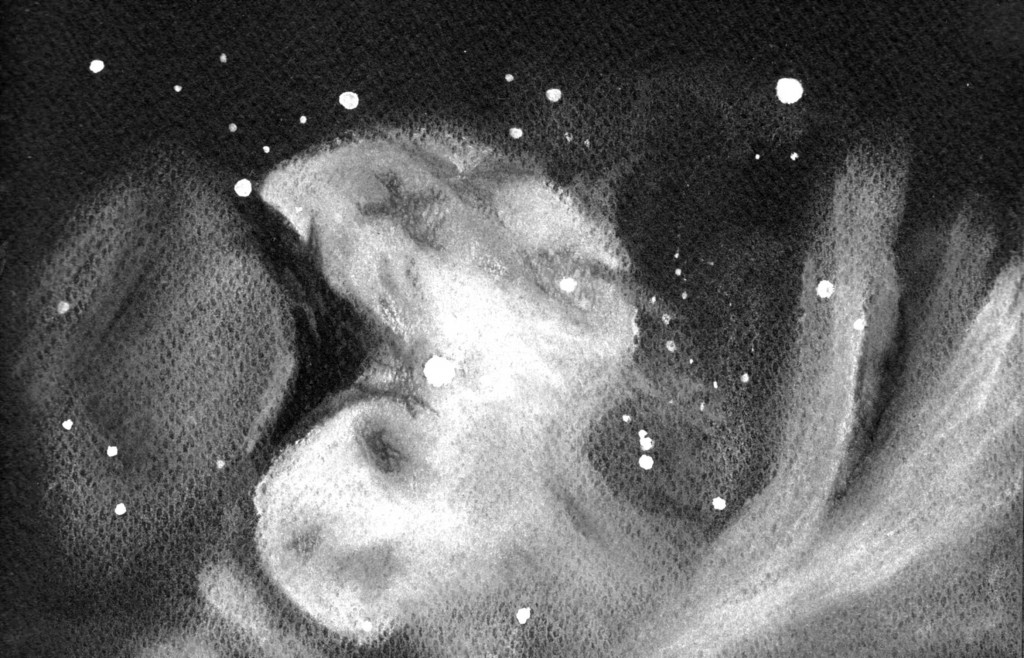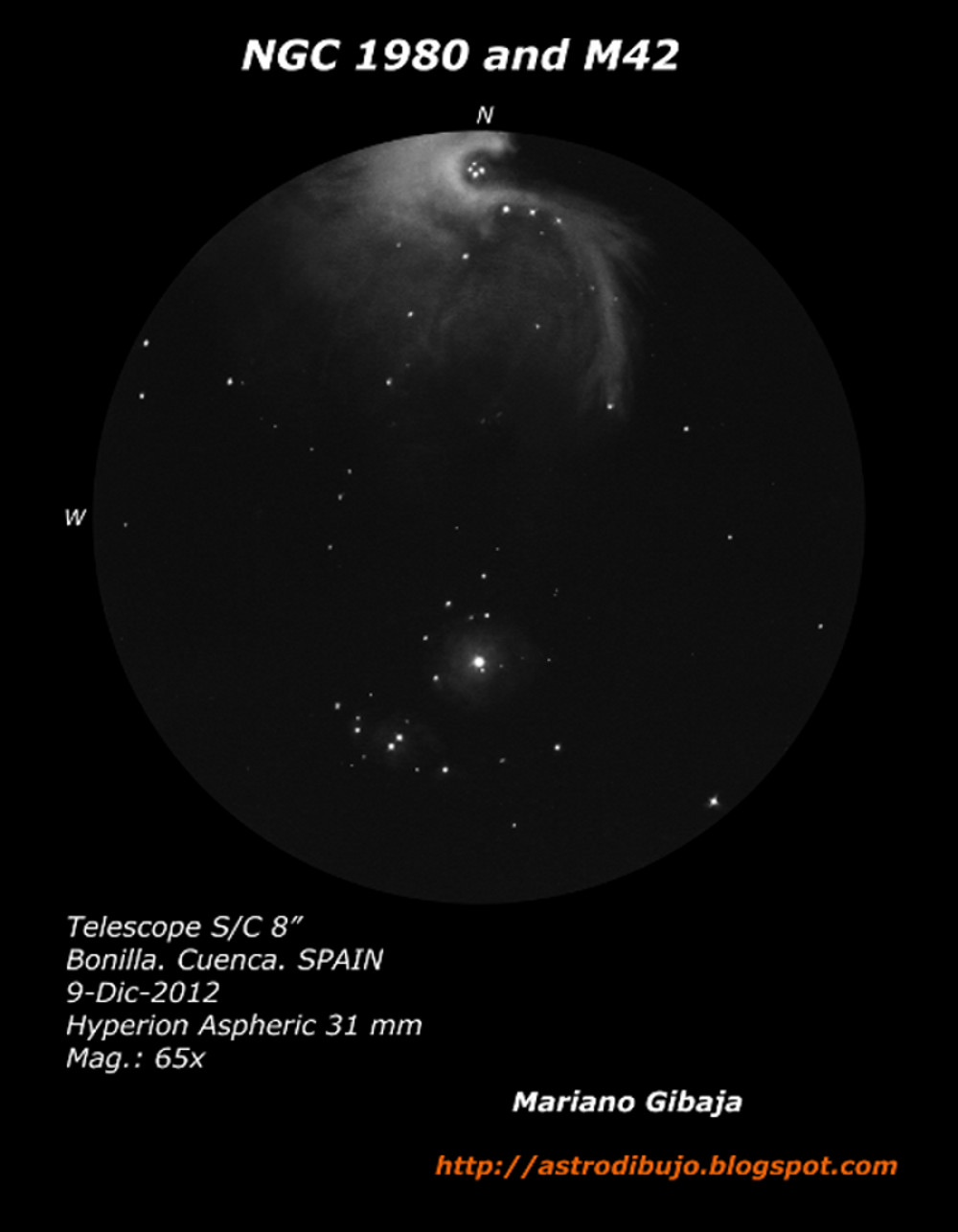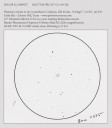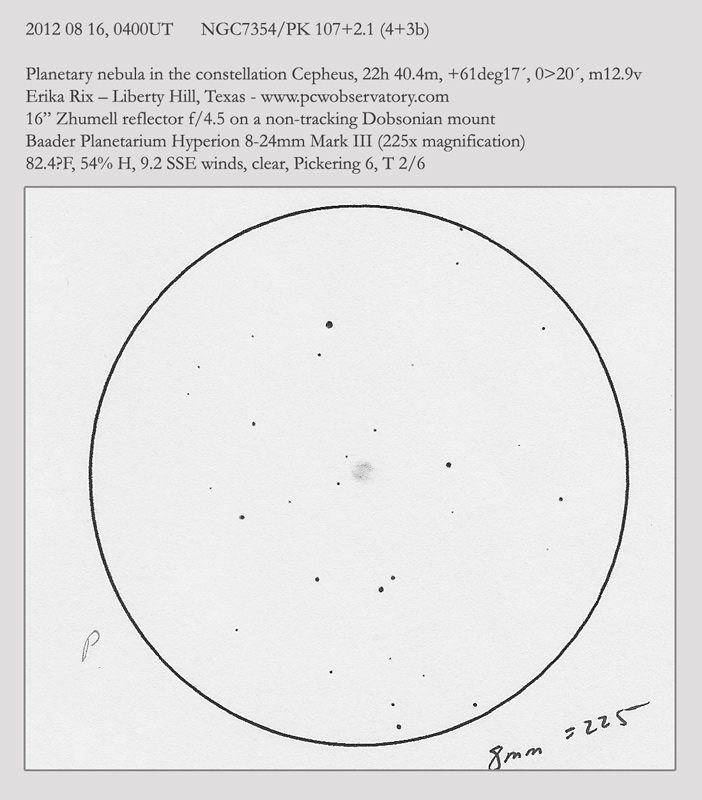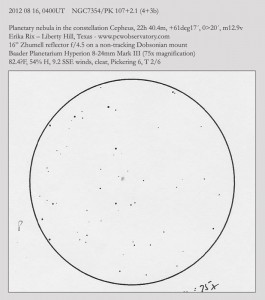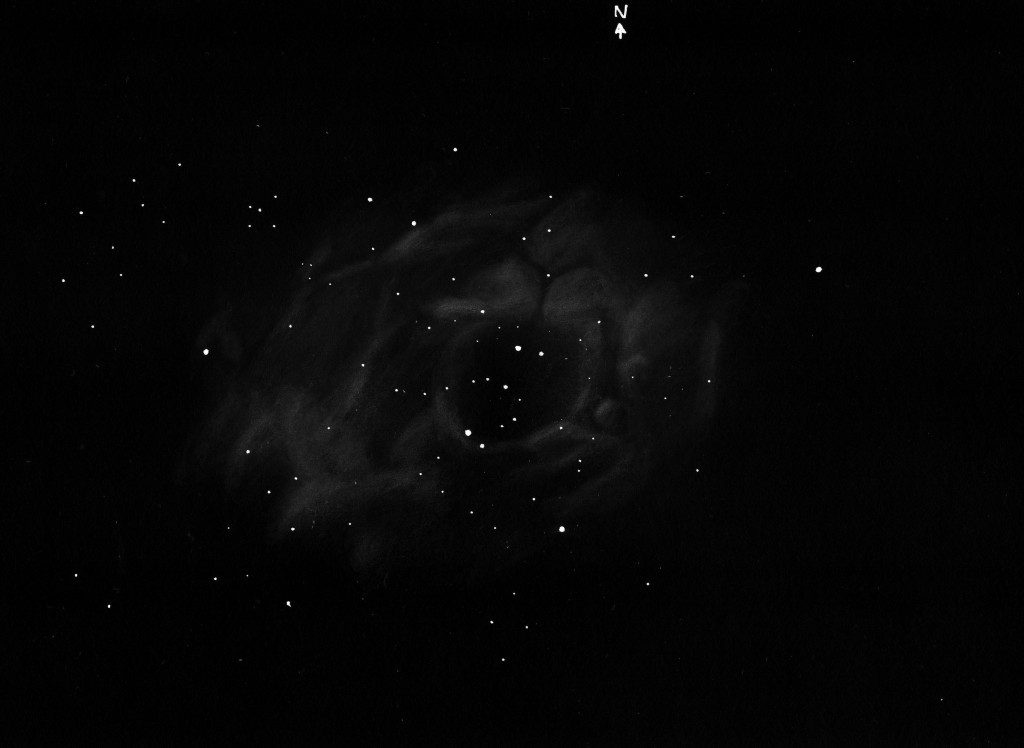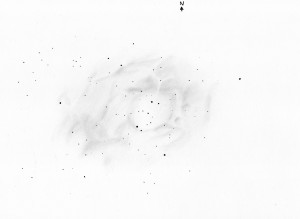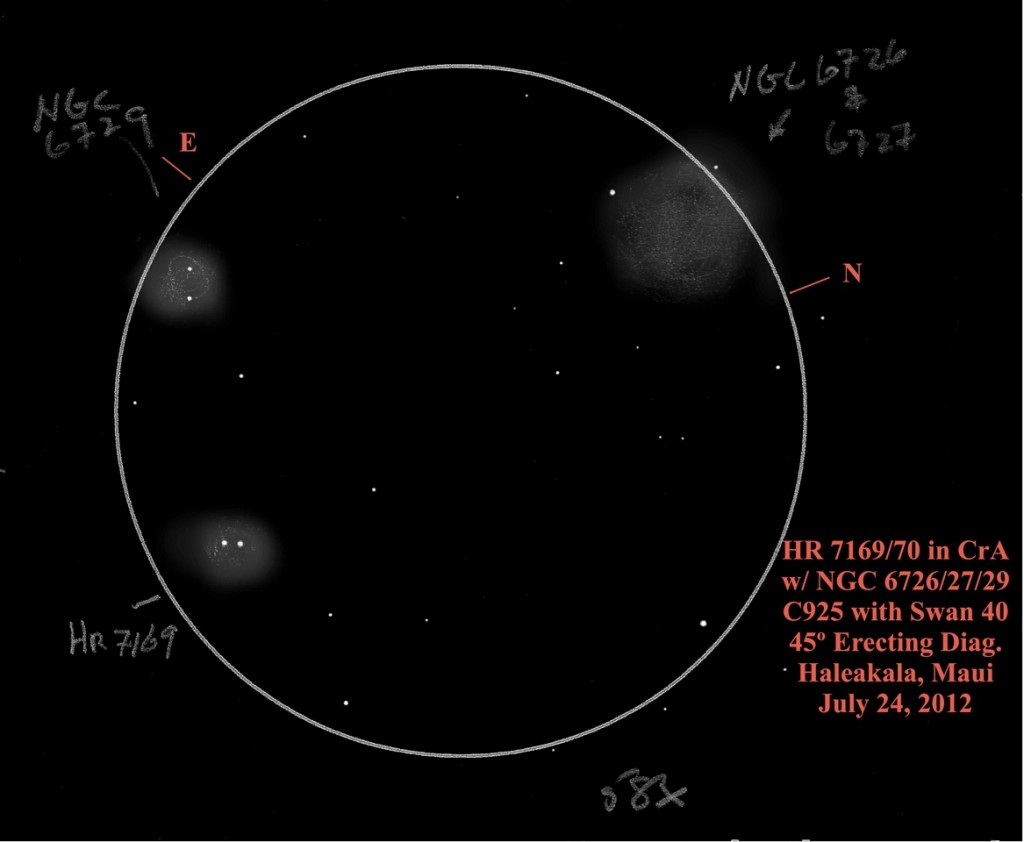
Object Name: Double Star HR 7169 & 7170 in Corona Australis with NGC 6726, 6727 & 6729.
Object Type: Double Star with three Bright Nebulae
Location: The Summit of Haleakala on Maui at 10,000 ft. elevation
Date: July 24, 2012
Media: Light pencil on white paper, scanned to GIMP, and color inverted, Labelled in Mac Preview.
Notes: This sketch was executed with a Celestron C925 on a CGEM with a Swan 40mm EP and a Williams Optics 45º erecting prism diagonal at 58X. The wind was 10mph, Temp: 47ºF, Humidity 24% under a first quarter moon at 2130. The Lit. Rho is 12.8″, Theta is 280º. I measured the pair with a Meade 12mm Astrometric EP and obtained an average Rho of 14.8″, and average Theta of 218º.
I am interested in the nebulosity of the three NGC objects that are included in the field of view. I plotted 25 field stars including one outside the F.O.V. to the west and two outside the F.O.V. to the WSW.
Steve McGaughey
Haleakala Amateur Astronomers
